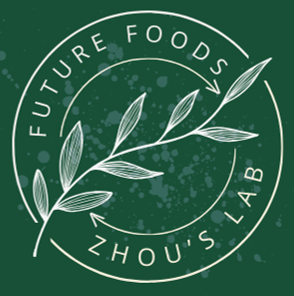pH-based processing strategy: principle, design, and applications (2023-Now)
Introduction
The pH-based processing strategy represents a bottom-up approach that induces structural transformations in plant-derived components. The underlying principle is that the water solubility of compounds such as phenolics, proteins, and polysaccharides is highly pH-dependent. By precisely adjusting the pH, their molecular structures can be altered at the molecular level, enabling controlled self-assembly, modification of physicochemical properties, and enhancement of functionality for diverse food applications.
- Direct formulation of phenolic compound-loaded nanoparticles from raw plants
My lab was the first to apply this strategy to formulate phenolic compound–loaded nanoparticles directly from raw plant materials. A representative example is the development of curcumin-loaded nanoparticles from raw turmeric for enhanced water solubility and dispersibility of curcumin. Compared with conventional processing methods, the resulting nanoparticles also exhibit significantly improved processing sustainability and efficiency.
Reference
Gong, X.; Wang, M.; Zhou, H.* Harnessing pH for sustainable and effective synthesis of phenolic compound-loaded nanoparticles directly from raw plants. Food Chemistry 2025, 467, 142327. DOI: https://doi.org/10.1016/j.foodchem.2024.142327. Link
Gong, X.; Suryamiharja, A.; Zhou, H.* pH-induced structural changes of crystalline curcumin enhance its encapsulation in emulsions. ACS Food Science & Technology 2024, 4 (12), 2998-3006. DOI: https://doi.org/10.1021/acsfoodscitech.4c00595. Link
Gong, X.; Wang, M.; Lu, P.; Zhou, H.* An improved pH-driven method for upcycling polyphenols from plants or byproducts into foods. Foods 2024, 13 (23), 3945. DOI: https://doi.org/10.3390/foods13233945. Link
